
It’s not difficult to build a flashy fighter aircraft to impress at an airshow. It’s another thing to produce one that can withstand, and win, in modern warfare. Russia’s latest fighter aircraft exhibit this tension balancing traditional design DNA with cutting-edge upgrades, but facing the weaknesses of sanctions, production limitations, and evolving threats.
From sneaky desires to brute-force supermaneuverability, every one of these aircraft represents a special answer to the identical question: how can Russia match airpower in the post-Western-fifth-generation era? The following is a breakdown of five of the most advanced fighters ever used by Russia, their technical strengths, combat history, and challenges that could shape their future.
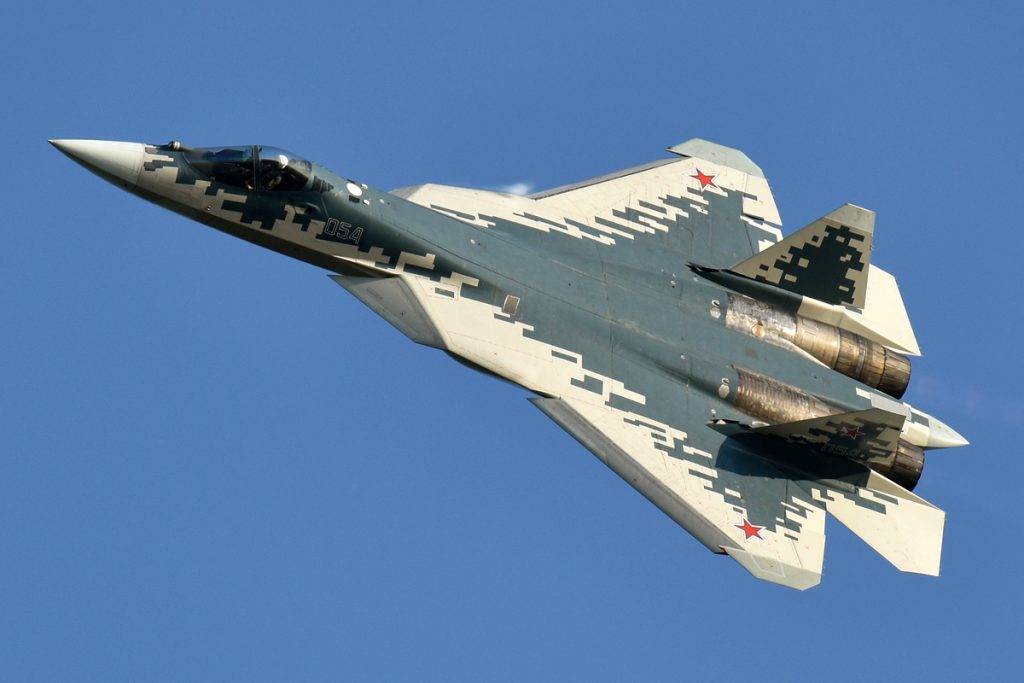
1. Sukhoi Su-57 ‘Felon’ – Russia’s Stealth Flagship
Su-57, a spin-off of the PAK FA program, first flew in 2010 and entered serial production in 2020. It was intended to rival the F-22 Raptor and F-35 Lightning II and has stealth shaping, internal weapon bay, and N036 Byelka AESA radar package. Radars Cheek-mounted N036B-1-01 give greater angular coverage outside the nose-mounted array.

But its stealth credentials have been questioned. Analysts cite a radar cross-section larger than Western counterparts, at least partially due to the open engine noozles and less developed inlets. Of greater significance, the aircraft continues to fly with AL-41F1 engines carried over from the Su-35, while the intended Izdeliye 30 powerplant providing supercruise and improved efficiency is delayed until towards the end of the decade. With production crippled by sanctions, fewer than a dozen are flying, a far cry from the intended 76 by 2028.
Despite these limitations, the Su-57 gives Russia its most advanced avionics and multirole capability to date, including missions addressing air superiority, strike, and electronic warfare. Its future depends upon engine integration and increasing production.
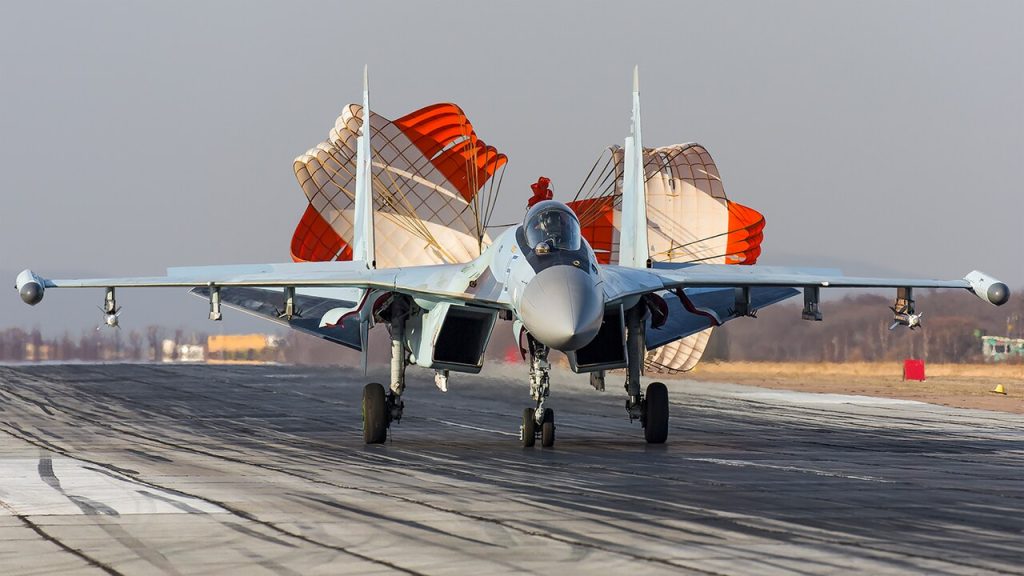
2. Sukhoi Su-35S ‘Flanker-E’ – The Pinnacle of 4++ Generation
The most powerful variant of the Flanker lineage is the Su-35S. Inducted in 2014, it has a reinforced, composite-heavy airframe mated with AL-41F1S thrust-vectoring engines producing up to 32,000 lbf. In combination, they enable supermaneuverability, limited supercruise, and 1:1+ thrust-to-weight ratio.

Its N035 Irbis-E PESA radar, with electronic and mechanical steering, has the capability of detecting fighter-sized targets at 400 km and simultaneously tracking 30. Coupled with the OLS-35 IRST and Khibiny-M ECM suite, the Su-35S is capable of engaging R-37M very-long-range missiles, R-77-1 BVR missiles, and manœuvrable R-73/R-74 short-range missiles.
Operationally, it has been employed in Syria and Ukraine, where it has applied long-range missile action to circumvent intensive air defense. Still, confirmed losses to systems like the Patriot prove that even the most capable non-stealth fighter will be susceptible in a sophisticated integrated air defense environment.
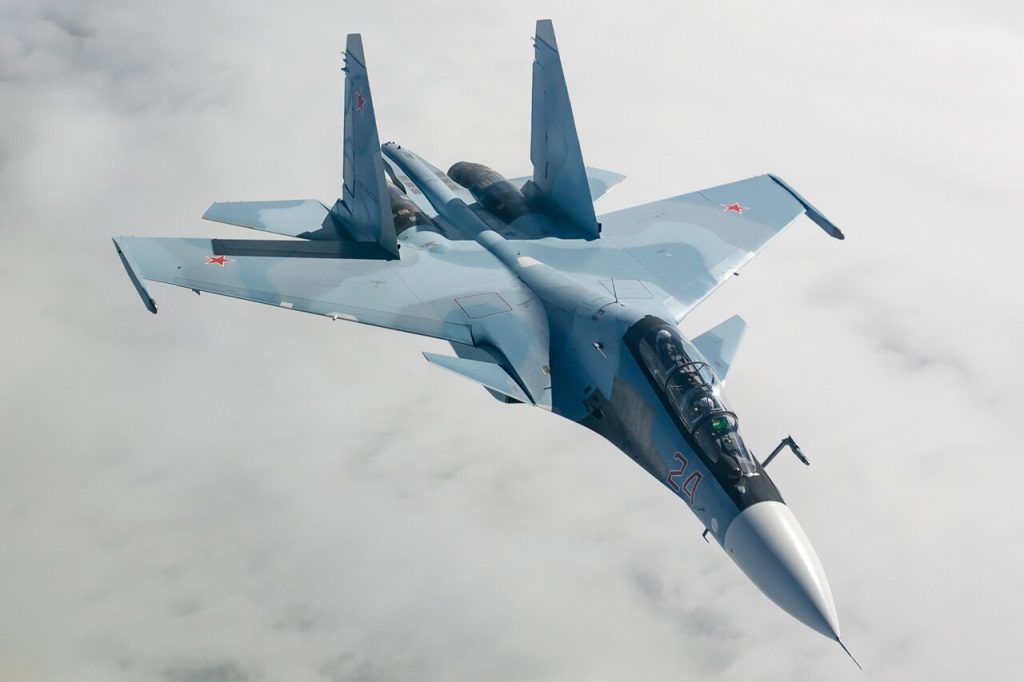
3. Sukhoi Su-30SM/SM2 – The Twin-Seat Multirole Workhorse
Evolved from the Su-27UB trainer, the Su-30 emerged as a true multirole fighter with dual seats for a pilot and weapons systems officer. The SM and SM2 models, produced in the 2020s, include upgraded avionics, with the SM2 adopting the Irbis-E radar from the Su-35.
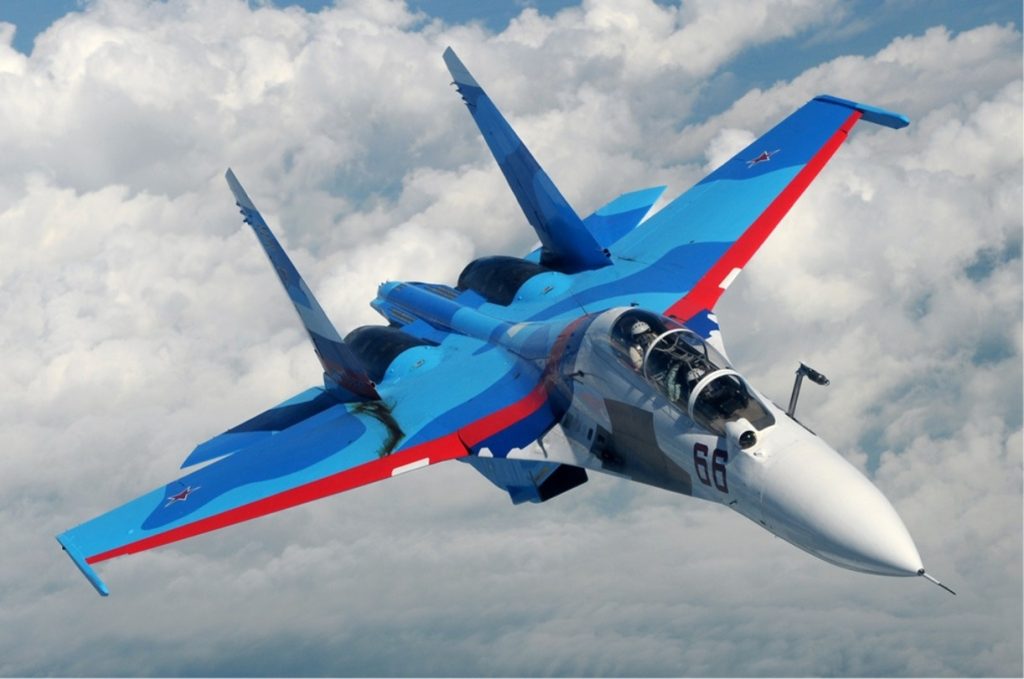
The Su-30 is equipped with AL-31FP thrust-vectoring engines and has a 1.75 Mach speed and 1,864-mile range, which can be increased through in-flight refueling. The larger fuselage capacity allows more fuel to be stored, enhancing long-patrol or strike endurance.
Exported worldwide, Su-30 versatility makes it possible for it to be a naval, strike, and air superiority aircraft. In Russia, it is used as a filler between the requirement for heavy air dominance fighters and special-purpose strike jets, flying in mixed formation with Su-35S and Su-34 units normally.
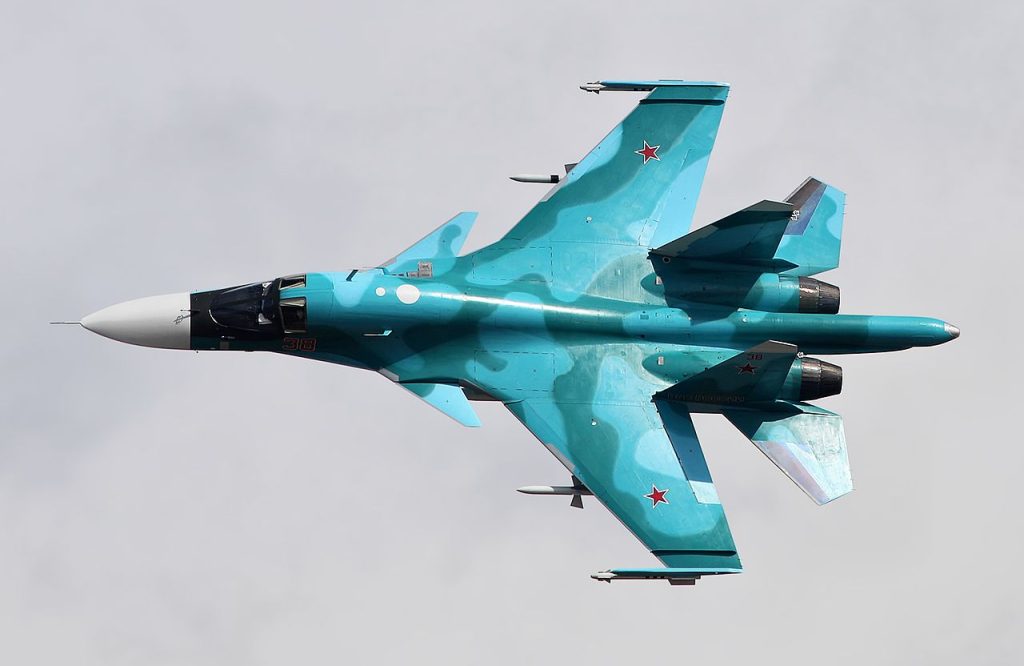
4. Sukhoi Su-34 ‘Fullback’ – The Armored Strike Specialist
Su-34, coming into service in 2014 after a protracted development process, is a heavily modified Flanker optimized for deep strike. Its side-by-side seating is shrouded with 17 mm titanium armor, and crew comfort includes standing accommodation, meal heating, and endurance over long missions. Fixed geometry inlets and canards render it optimally capable at low-to-medium altitude penetration.
Fitted with up to 12,000–14,000 kg of ammunition, it is armed with Kh-31 anti-radiation missiles, Kh-35U sea-skipping missiles, and KAB-series guided bombs. The Khibiny ECM suite and rear-mounted radar enhance survivability, though combat experience in Ukraine has indicated that they are still vulnerable to sophisticated SAMs and MANPADS. Losses have forced a return to standoff glide bomb tactics using UMPK kits, compensating for shortfalls in stocks of advanced PGMs.
As Su-34M upgrades enter service with improved sensors and EW, the variant remains at the center of Russia’s deep-strike doctrine, albeit in a lesser role than originally planned.

5. Mikoyan MiG-35 – Fulcrum’s Ambitious Heir
Conceived to be a low-cost add-on to Sukhoi heavy fighters, the MiG-35 is a complete redesign of the MiG-29, with increased fuel capacity, digital cockpit, and as an option, Zhuk-AE AESA radar. It is fitted for advanced weapons from R-77 BVR missiles to guided bombs, and provides for single or twin-seat configuration.
Yet as analysts note, slippage in the production of a mature AESA and small local orders have kept unit prices elevated and export demand dormant. Only six are in Russian service, supposedly with an aerobatic squadron, and sales approaches to India, Egypt, and others have been unsuccessful. Technically competent and better suited to rapid-reaction alert from shorter runways, the MiG-35’s survival will depend on securing bigger orders and maturing its sensor suite. Otherwise, it could become obsolete as Sukhoi design mockups overwhelm procurement.

Russia’s new fighters represent the imagination and the limitations of its aerospace sector. The Su-57 takes stealth and avionics to new heights but is hampered by production and engine woes. The Su-35S and Su-30SM2 turn proven designs into multirole, high-capacity workhorses. The Su-34 provides rare endurance and shielding to strike missions, but new air defenses force tactical improvisation. The MiG-35 shows the futility of sustaining a parallel light fighter line in a market dominated by heavyweights. All of them show a force in transition hedging on legacy strengths against the demands of contemporary air combat.


